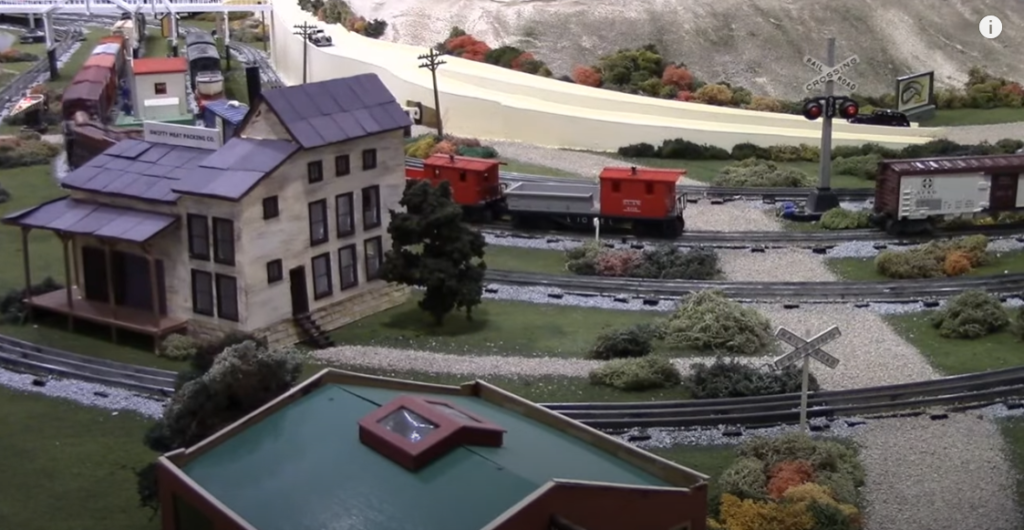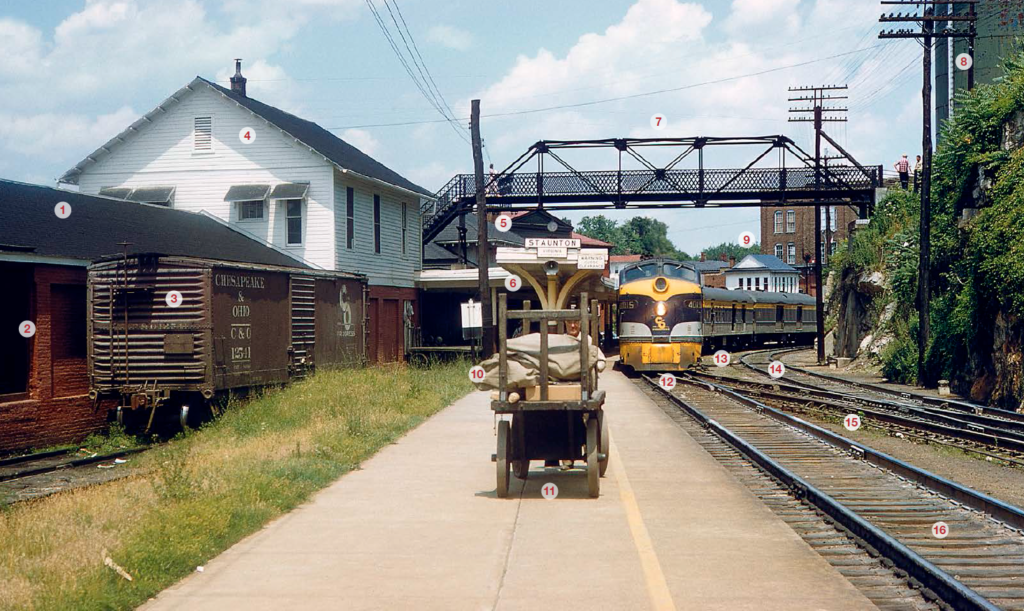
A single photo from the 1950s of C&O’s ‘Sportsman’ at a small-city station at Staunton, Va., reveals plenty of small, easily overlooked details. 1 – Freight house Staunton (“Stan-ton”) in 1950 had a population of 19,927. All towns of this significance once had a freight house where less-than-carload (LCL) freight was handled. Warehousemen used a […]
Read More…
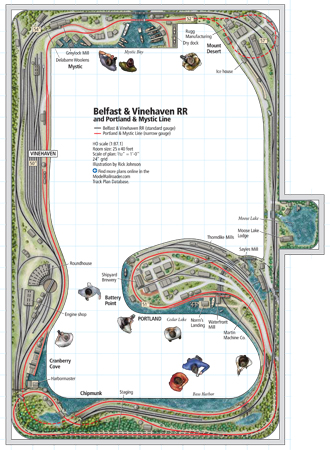
Click on the image to download a PDF of the track plan. Name: Belfast & Vinehaven RR and Portland & Mystic Line Layout owner: Arnie Hall Scale: HO and HOn3 (1:87.1) Size: 25 x 40 feet Prototype: Freelanced bridge line Locale: New England coast Era: mid-1940s to early 1950s Style: around-the-walls Mainline run: 110 feet […]
Read More…
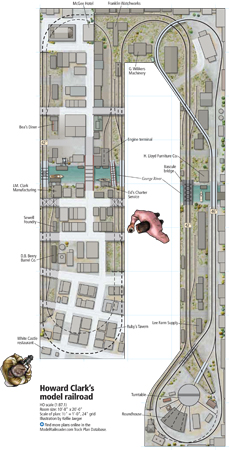
Click on the image to download a PDF of the track plan. Name: Howard Clark’s model railroad Layout owner: Howard Clark Scale: HO (1:87.1) Size: 10′-8″ x 20′-0″ Theme: freelanced urban railroad, inspired by Baltimore & Ohio, New York Central, and Nickel Plate Road Locale: eastern United States Era: 1950s Style: multi-level walk-in Mainline run: […]
Read More…
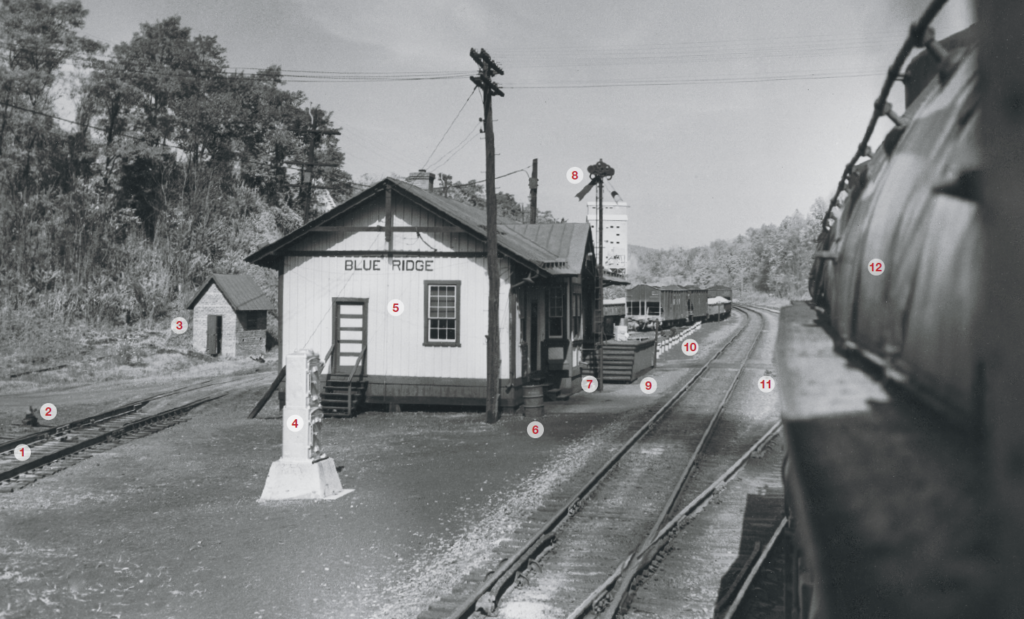
1 Split-point derail device. Considered more effective than a lifting-block derail when there is extra risk of cars rolling out onto the main line from a “house track” or “back track” (terms for station trackage other than a passing siding), or from an industry track, especially when there is a descending grade toward the switch, […]
Read More…
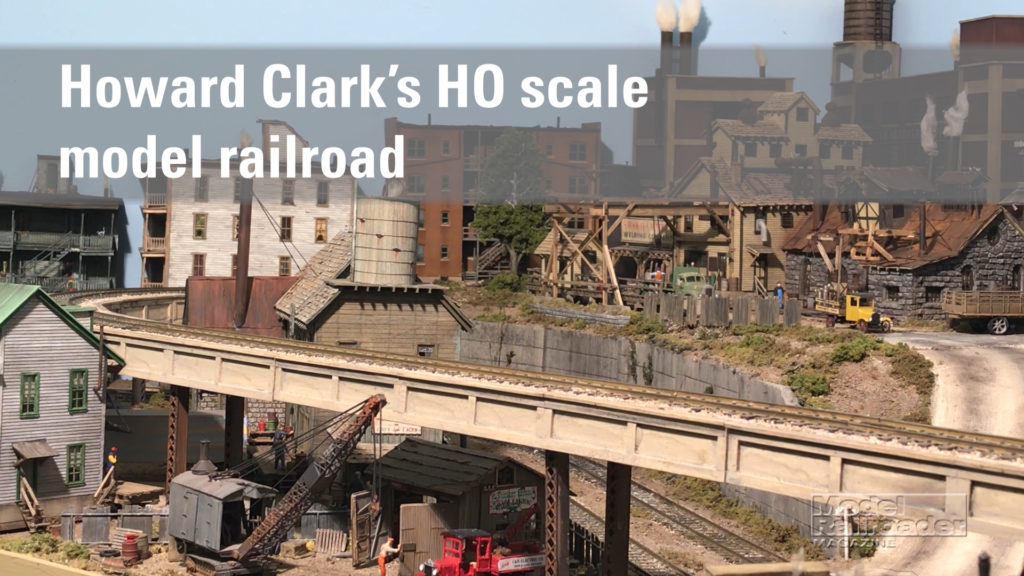
Having trouble viewing this video? Please visit our Video FAQ page Urban canyons and craftsman structures fill Howard Clark’s HO scale model railroad. The layout is set in the eastern United States in the 1950s and many scenes take inspiration from George Sellios’ famed Franklin & South Manchester. […]
Read More…

Having trouble viewing this video? Please visit our Video FAQ page Urban canyons and craftsman structures fill Howard Clark’s HO scale model railroad. The layout is set in the eastern United States in the 1950s and many scenes take inspiration from George Sellios’ famed Franklin & South Manchester. […]
Read More…
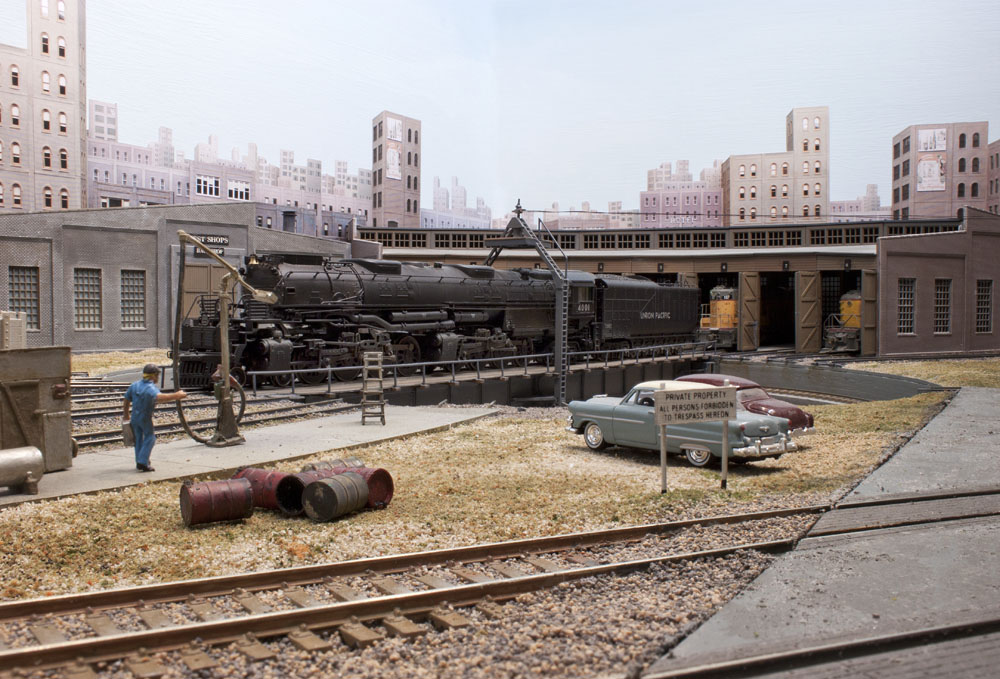
Flemming Ørneholm’s HO scale Eaglecreek & Northern, which was featured in the February 2012 Model Railroader, is a testament to his ingenious use of space. In less than 7 x 12 feet, Flemming’s HO scale layout captures the sprawling vistas of the west along the Union Pacific. With massive UP 4-8-8-4 Big Boys regularly hauling […]
Read More…
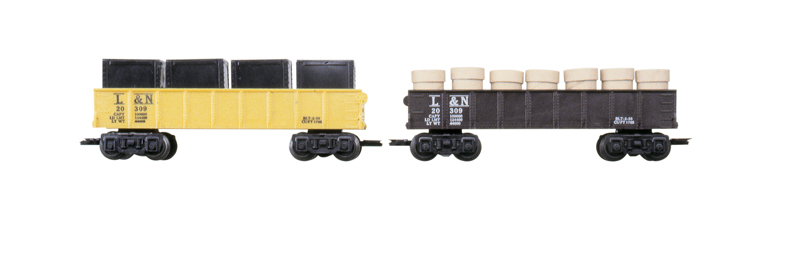
During the prewar and postwar eras, every manufacturer of toy trains added a miniature gondola. Other than a flatcar, it was the simplest and least expensive item to mass-produce, regardless of the size and materials used. Also, gondolas were very popular with youngsters, who could fill them with all sort of items. Kids put in […]
Read More…
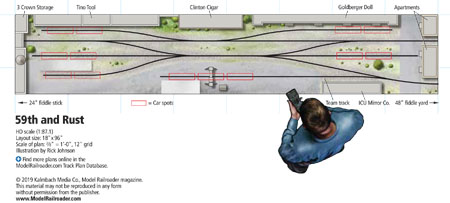
Click on the image to download a PDF of the track plan. Name: 59th and Rust Layout owner: Raymond O’Neill Scale: HO (1:87.1) Size: 18 x 96 inches Theme: freelanced urban switching Locale: northeast New Jersey and New York Era: 1965 to 1975 Style: Shelf Mainline run: 14 feet Minimum radius: 24″ Minimum turnout: no. […]
Read More…
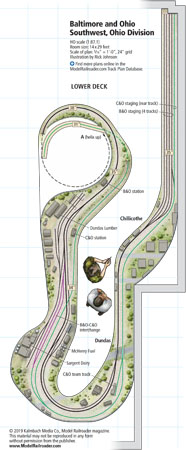
Click on the image to download a PDF of the track plan. Name: Baltimore & Ohio Southwest Layout owner: Carl Griffin Scale: HO (1:87.1) Size: 14 x 29 feet Prototype: Baltimore & Ohio, Chesapeake & Ohio, New York Central Locale: Southeastern Ohio Era: 1964 Style: multi-deck walkaround Mainline run: 243 feet Minimum radius: 24″ Minimum turnout: no. […]
Read More…





